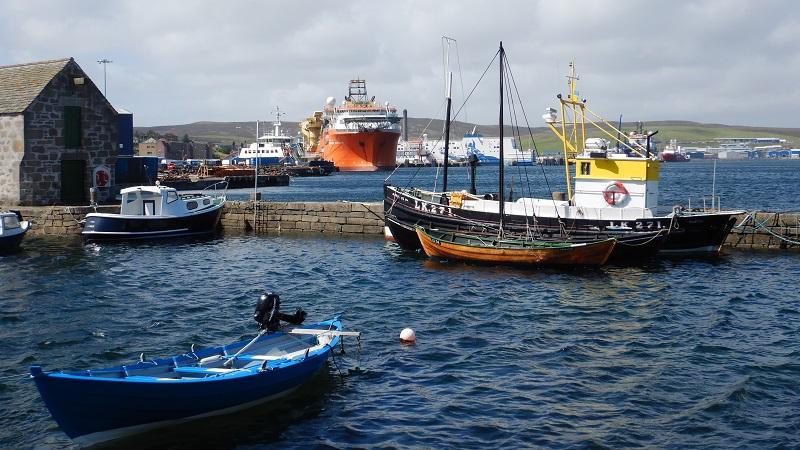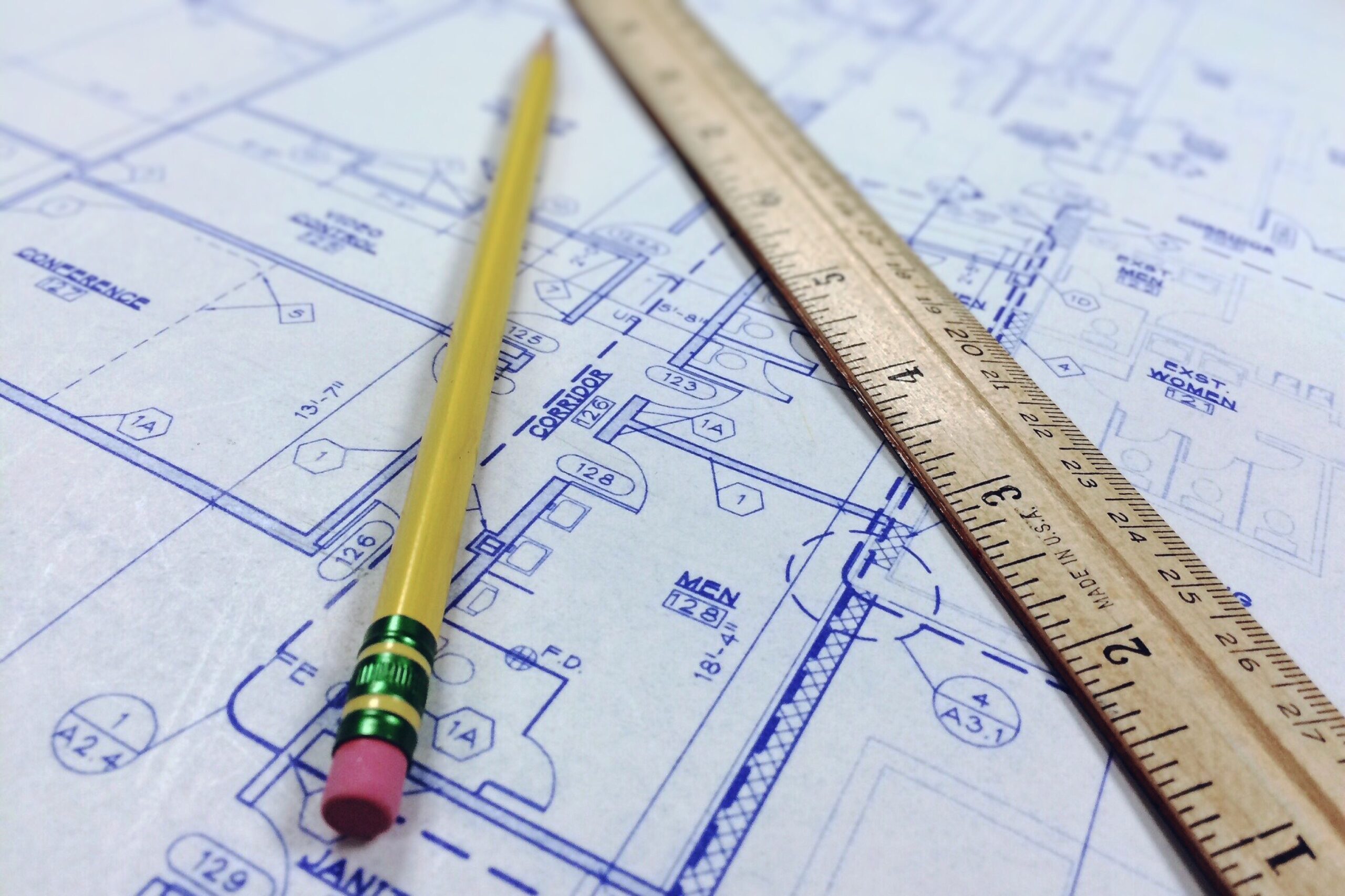Local development agency signs deal for new technology
An image of fihsing boats at Hay’s Dock in Shetland Credit: Andy Waddington/CC BY-SA 2.0
A Scottish Government agency has invested £185,000 in a piece of imaging equipment that will benefit shellfish and other fishing businesses operating in the waters off Shetland.
The Imaging FlowCytobot submersible technology scans water samples for micro-algae then sends the data to the cloud, enabling farm operators to better understand the quality of the water. The investment, from regional development agency Highlands and Islands Enterprise (HIE), comes as a report highlighted the importance of innovative technology in the seafood industry. The study was produced by Norwegian aquaculture research institute Nofima on behalf of the HIE and the Iceland Ocean Cluster
The study found that specific technologies, such as blockchain, the internet of things and artificial intelligence, are most suitable for seafood businesses in the waters to the north of Scotland.
Related content
- Highlands and Islands get £3m full-fibre boost
- Scottish Government project explores use of blockchain and AI in fishing
- Highlands businesses offered funding and support on AI and robotics
Elaine Jamieson, head of blue economy and food and drink at HIE, said: “With increasing demand for sustainable seafood, innovative use of technologies is becoming more important. This project examines cutting-edge approaches to growing and maintaining high-value opportunities in seafood industries. The report highlights how digital tools, such as blockchain, can be used to boost consumer confidence and engagement internationally. Being able to track a product’s entire journey recognises the value associated with provenance, environmental stewardship, quality and trust.”
Gregg Arthur, aquaculture manager at the University of the Highlands and Islands in Shetland, said the Imaging FlowCytobot is “a game changer” for Shetland’s aquaculture businesses.
“We’re excited to see the instrument’s capabilities,” he said. “[It] gives us a much higher resolution picture of phytoplankton abundance at any given time and is a specialist tool for monitoring numbers and species as these change throughout the seasons. This will be a very important dataset allowing us to improve our approaches to sustainable aquaculture. Successful aquaculture relies upon understanding our interactions with the natural environment and this device will enhance our capability and knowledge significantly in the area where it’s deployed.”




